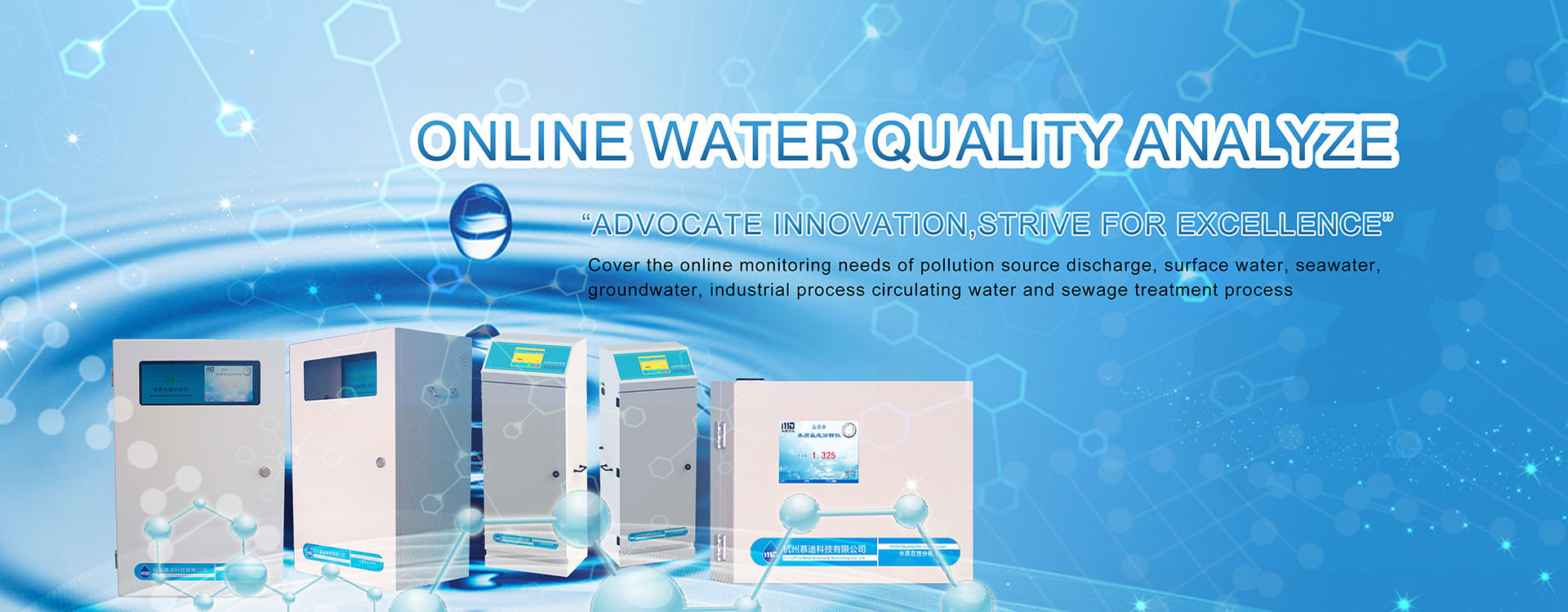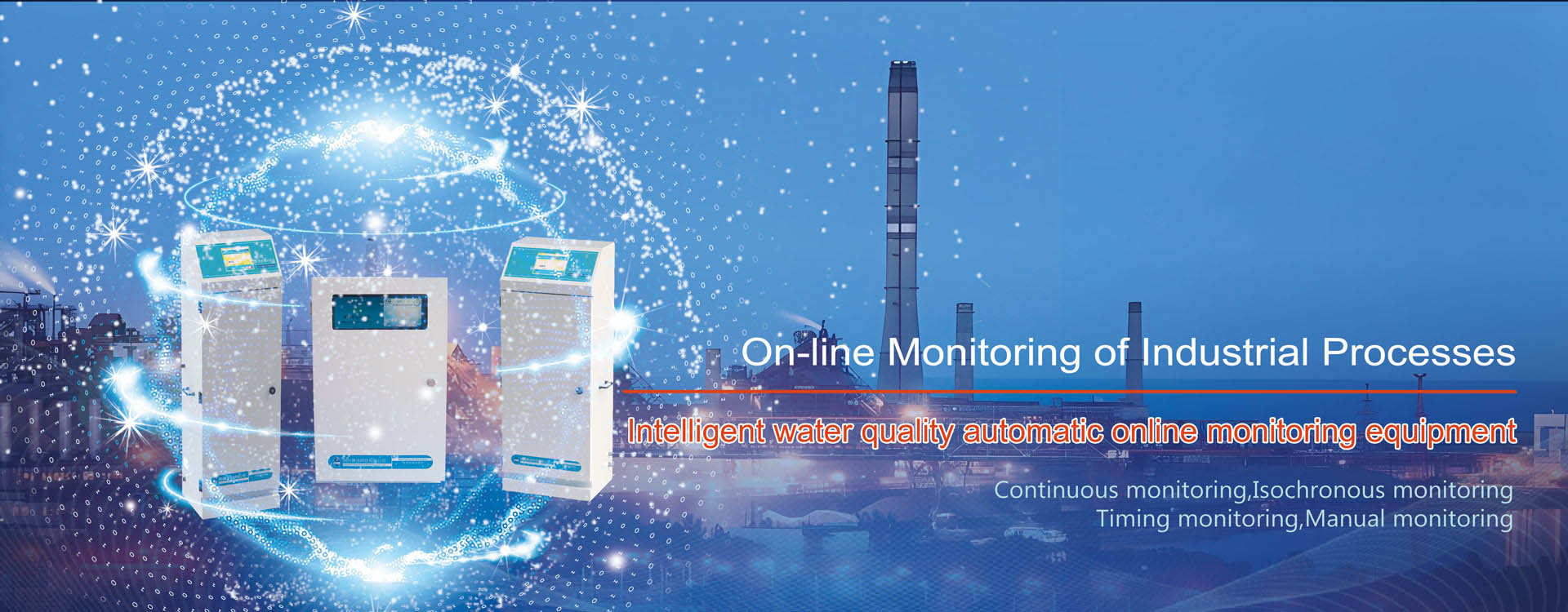When it comes to disinfection, it is very common in hospitals. In many cases, disinfection is often necessary. Then why does the medical wastewater mentioned in the article also need to be disinfected? Can’t it be discharged without disinfection? Now let’s find out exactly why this is happening!
Medical wastewater is the sewage discharged from different departments of hospitals, mainly including consultation rooms, laboratories, wards, laundries, operating rooms and other places. This wastewater contains a large amount of viruses and pathogenic cell-level chemical agents, etc. It has spatial, acute and latent infectious characteristics and needs to be treated by special processes before being discharged. If it is directly discharged into water bodies without undergoing harmless treatments such as disinfection or inactivation, it will cause water pollution. In severe cases, it may lead to various diseases or the outbreak of water-borne infectious diseases. Therefore, the discharge of medical wastewater without disinfection treatment is strictly prohibited!
What the relevant departments need to do is to urge local authorities to strengthen environmental supervision over medical wastewater treatment, ensure its normal operation and enhance elimination treatment. Actively and proactively provided environmental protection assessment work for medical prevention and control material manufacturing enterprises, so that we could drink safe water sources.
Another feature for everyone is that, in addition to the elimination and treatment of medical wastewater, we also need to do a good job in the online monitoring of medical wastewater to ensure that all indicators in the wastewater are qualified before it can be discharged. Among them, the chlorine disinfectant used for disinfection mentioned in this article, after disinfection, the remaining total residual chlorine can be monitored in real time by using an online total residual chlorine analyzer to see if it exceeds the standard.




